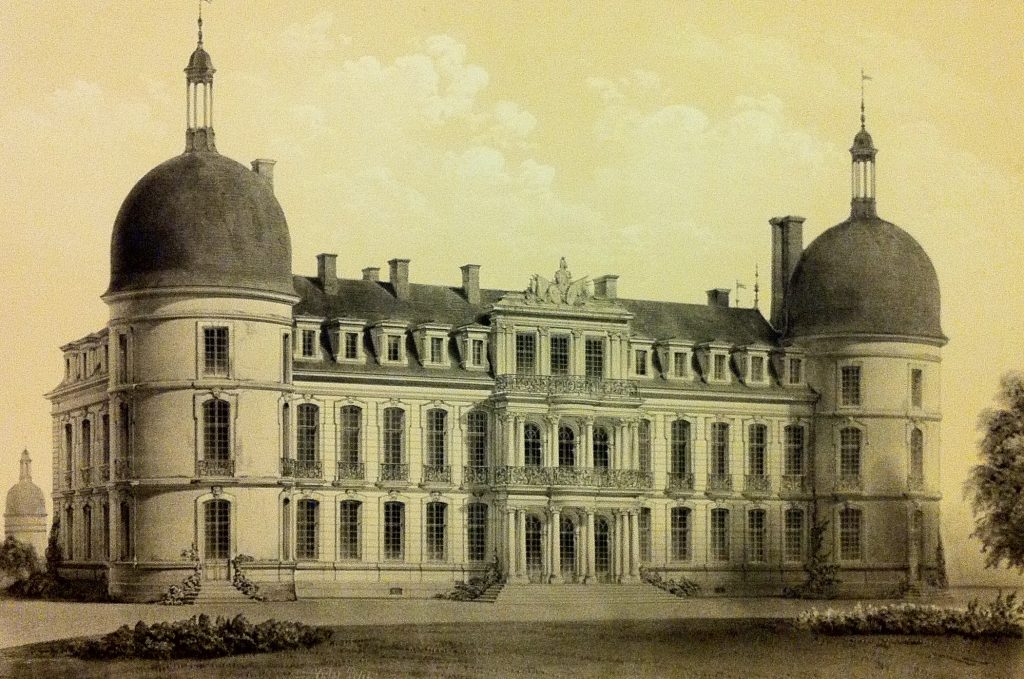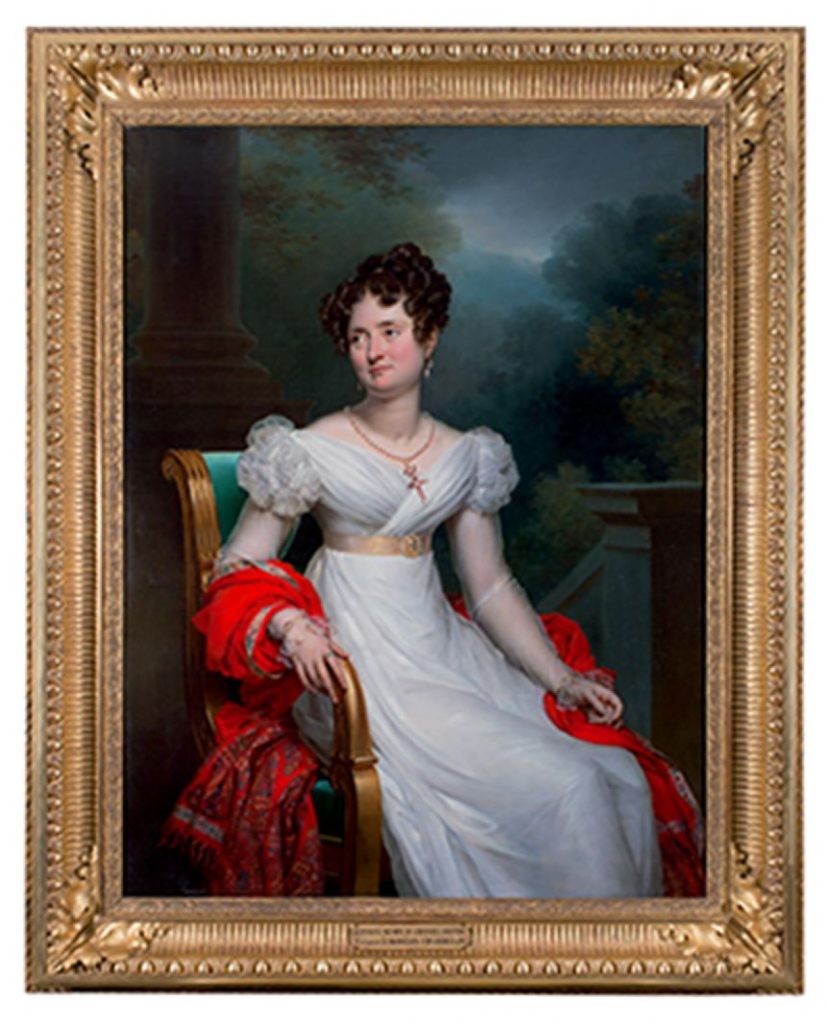The castle of Digoine is a heritage jewel from the 18th century that still bears witness to a rich and long past. It formed part of the first out of four Baronnies from the Charolais and these lords had a leading role at the court of the Dukes of Burgundy.
The castle of Digoine in the middle age
The castle history goes back to 1390 when Robert of Damas marries Marie of Digoine, the ultimate representative of the family. Under the name ‘de Damas de Digoine’, they erected impressive towers on the northern façade, with two other towers connected by dry ditches which also frames the iron gate of honour and will end to integrate the castle in the medieval area.
It is not until the end of the 18th century that the castle is transformed in lavish living quarters, dropping its defence function and adopting its definitive appearance. These transformations are made by the Reclesne family, who hope for a magnificent renewal. With that purpose, renovations start in 1723 and will be pursued for fifty years.
A shift in modern history
In 1750, halfway through the renovation process, the Reclesne family turns to the architect from Burgundy named Edmé Verniquet. He is known for the castles in St-Aubin-sur-Loire or Lugny-lès-Charolles in the region. First, he shapes the northern façade in a baroque-style, with mascarons which ornate the large central avant-corps. Then, he builds the magnificent southern façade in an easily recognizable pattern: on the centre of the façade, three French doors are framed by four other windows with a pediment on the top. This architectural body reflects the evolution of the French architecture during that period.
The aura of Napoleon I
At the beginning of the 19th century, the wedding of the Earl Aimé de Chabrillan, Great Chamberlain in France of Napoleon 1st, with the countess Zéphyrine Olympe de Choiseul Gouffier, seals the transmission of the Estate to the Chabrillan family. They evolve in an incredible splendour, as the new owners continue the works to embellish the castle that their ancestors had started. Undeniable marker of the economic, social and political supremacy of this family, Digoine is growing spectacularly between 1825 and 1842. Indeed, an exotic greenhouse including an underfloor heating system unusually modern, a library in burr elm and a private theatre will be added to an already significant legacy. In addition, fabulous scenery with one from the sculptor Clodion, are installed in the majestic rooms of the castle.
An incredible sale
In 1908, the marquise de Croix bought the estate for her son Pierre, who then lived on the domain for three generations. However, in 2012, problems of joint ownership forced the family to sell the castle. Jean-Louis Rémilleux bought it back then and is still the current owner nowadays. In the first place, he bought the castle empty, then, tried to purchase the historical piece of furniture that used to compose the castle during a big auction sale in Paris. Furthermore, as an enthusiast of antiques, he added his own collection in the majestic rooms of the castle, while taking scrupulous care that all the elements were coherent with the period of the room in which they are. Finally, he undertook great works of renovations in order to bring back to this ‘Charolais pearl’ its original radiance.







